Which phone size should I choose?
We may earn a commission if you make a purchase from the links on this page.
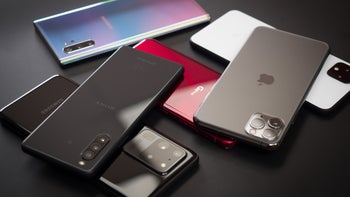
You already know what are the cutting edge phones: the iPhone 12 Pro Maxes and the Galaxy S21 Ultras of this world, but those phones are also gigantic devices that are actually way too big for many people.
Having these extra large devices that everyone talks about but that might not have the ideal size for the average person, inspired us to do this breakdown of the most popular types of phone sizes these days for those of you who want not just the most powerful phone, but one with a size that suits their lifestyle best.
After analyzing what's on the market right now, here are the four types of phone sizes you can pick from:
Types of phone sizes
Extra large phones like the iPhone 12 Pro Max will not suit everyone
*An extra large, large, smaller and a super compact phone walk into a bar...
- Extremely large phones (6.7" or larger) - such phones offer the best battery life and most advanced cameras and features, but are uncomfortable to carry in a pocket and quite heavy (examples of this size are the iPhone 12 Pro Max, Galaxy S21 Ultra, Note 20 Ultra, OnePlus 8 Pro, etc)
- Large phones (around 6.5") - such phones still offer a spacious screen and a big battery, but don't go to the extreme and are usually much lighter and more comfortable in a pocket (examples of such phones are Galaxy S21+, OnePlus 8T, etc)
- Smaller phones (around 6.1") - these phones will best suit average users looking for a more traditionally sized phone that can be used with one hand and can go almost unnoticed in a pocket. The battery on these phones will typically get you through the day with average use, but not much more (examples of such phones are the iPhone 12 / 12 Pro, Galaxy S21, Pixel 5, etc)
- Super compact phones (below 5.8") - back in the first days of the smartphone era all phones were super compact, but these days such a size is hard to come by. The rare phone of this caliber is super lightweight but makes some big sacrifices in battery life and will often need to be topped up before the end of the day (examples are iPhone 12 Mini, iPhone SE 2020, and foldable phones like the Galaxy Z Flip)
With this in mind, let's take a deeper look at each of these categories...
Extremely large phones
*Average weight: 210g
As phone makers race to make the most advanced phones with best cameras and best battery life, the category of extra large phones has emerged in the past few years and these devices are indeed extreme and despite offering the best features, might actually not be the best fit for everyone because of that size.
For example, the recent iPhone 12 Pro Max comes with flat sides and that combined with its wider frame makes it very hard to grip and hold comfortably unless you have the hand of a professional basketball player. The Galaxy S21 Ultra is narrower but it is an incredibly heavy phone with its weight tipping to the top which again makes for a use experience that is not the most comfortable one.
Also quite importantly, such phones also often rock sky-high prices of way above the $1,000 mark.
Extra large phones battery life comparison:
On the other hand, dealing with the inconveniences of larger phone sizes buys you the convenience of the best battery life you can get. At these extreme sizes, battery cells of 5,000mAh are not uncommon and the phones in this class will usually have charge left after a full day of heavy use, and sometimes can even go two full days off the charger.
Large phones
*Average weight: 190g
If you want a phone with a large screen that is not extremely big and heavy, you have a huge variety to pick from. But do keep in mind: while these phones usually don't compromise much on battery life and screen quality, you might not be getting the most advanced camera system available.
For example, the Galaxy S21 Plus is a phone that feels much more reasonable to use than the extremely big S21 Ultra, but it lacks the 10X zoom periscope lens and doesn't have the Ultra's mind-blowing zoom quality.
Large phones battery life comparison:
In terms of battery life, these phones are a slight step down from the previous category, but not by much and what most users will care about is that these larger phones will still get them through even more eventful days on a single charge.
There are some nuances here, though, so do take a look at each of the battery categories that we test to be informed about that.
Smaller phones
*Average weight: 160g
Today's smaller phone category of devices would easily qualify larger phones just a few years ago, but times have changed and our perception of a smartphone has too. These devices are much more reasonably sized, you can use them with one hand and they are way lighter and can be carried in a pocket without causing a discomfort.
Smaller phones battery life:
If you go with this category, you are getting big gains in comfort, but also battery life drops in a way that is noticeable. Smaller phones will still get you through your average day with one charge, but if you record a lot of videos or play some games, you will have to charge them up in the afternoon, so do keep that in mind.
Of course, there are differences within this class, and some phones in particular punch above their class. For example, the small Pixel 5 outclasses even some large-sized phones in battery life, but it is more the exception rather than the rule.
Super Compact phones
*Average weight: 140g
Finally, we have the almost extinct category of the Super Compact phones that Apple single-handedly brought back to life in 2020 with the launch of first the iPhone SE (2020) and then later in the year, the iPhone 12 Mini. These devices are so disarmingly compact and comfortable in the hand that many of us involuntarily smiled while picking one up for the first time.
Super Compact phones battery life
Still, benchmarks and real-life use both show that these phones while comfortable in size, can be quite uncomfortable in battery life. Pushing them harder with camera use and gaming is not a good idea unless you have a charger around, and even on an average day, chances are you will need to top up before the end of the day. And while this may not be that much of an issue in the first year of using such a phone, you will start feeling the battery squeeze a lot more after that.
Conclusion
So... what is your preferred phone size?
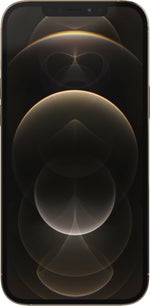
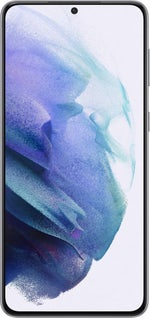
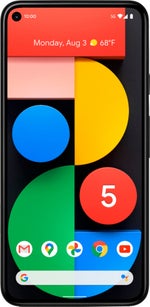
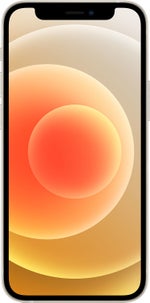




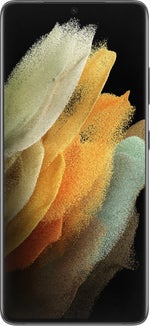
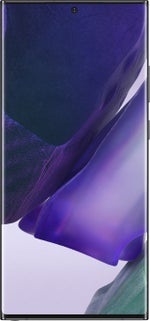




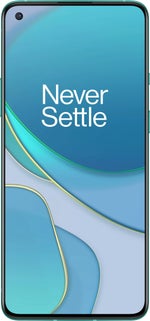
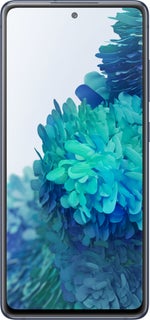
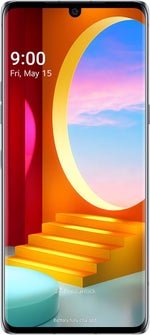



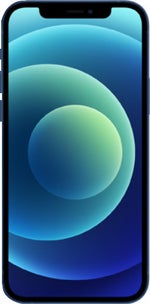

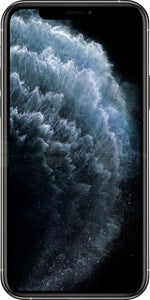



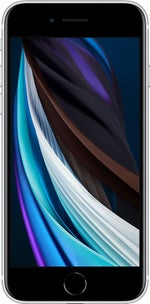
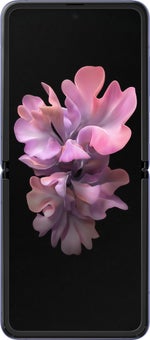












Things that are NOT allowed: